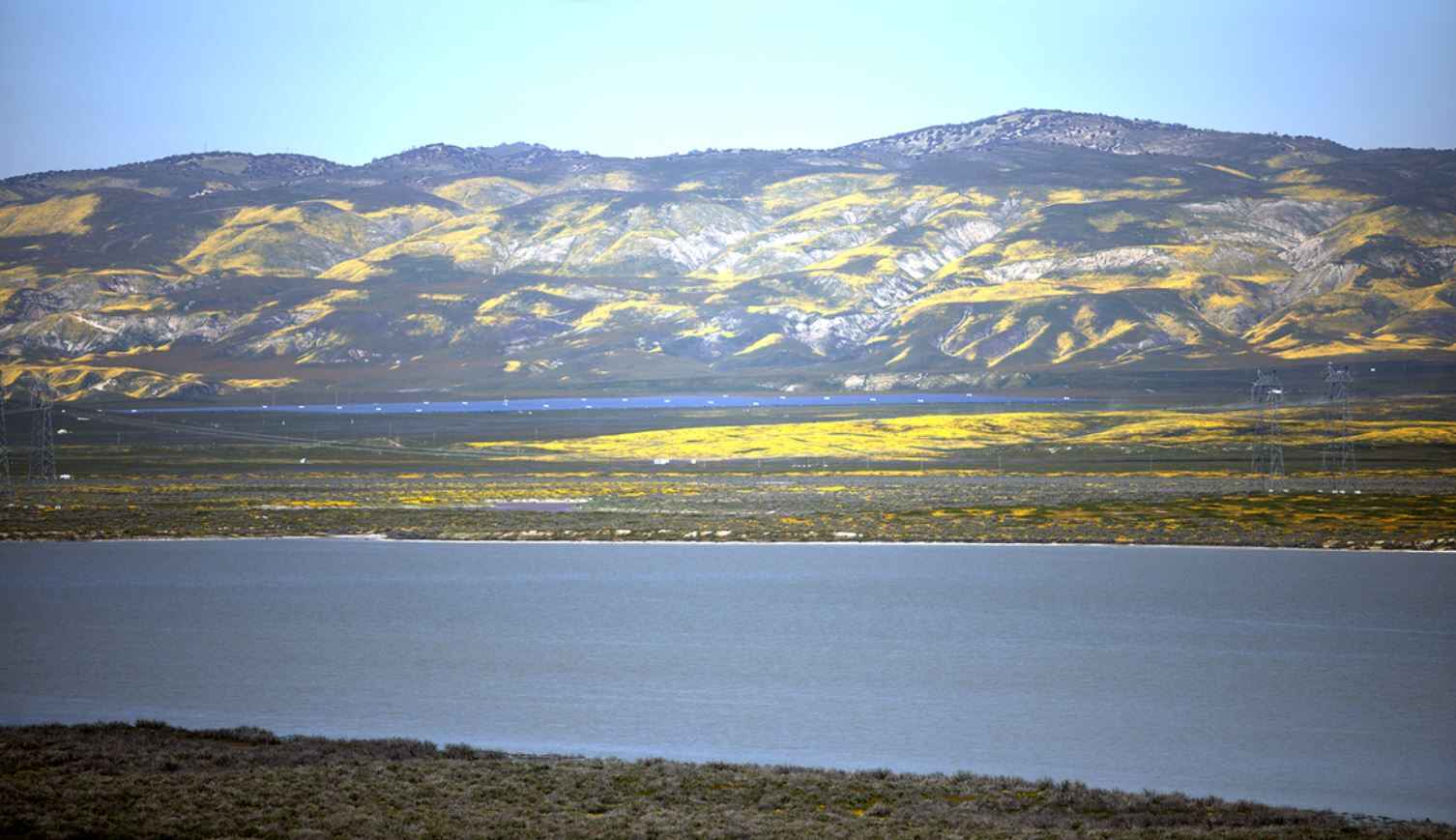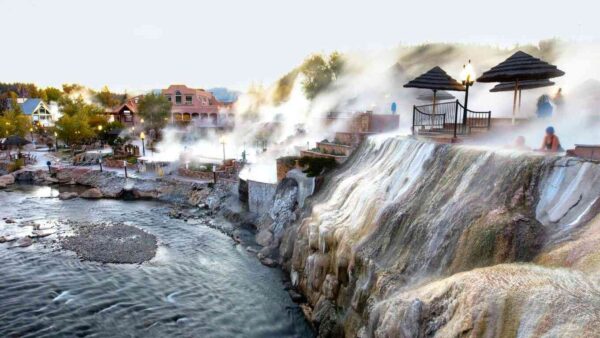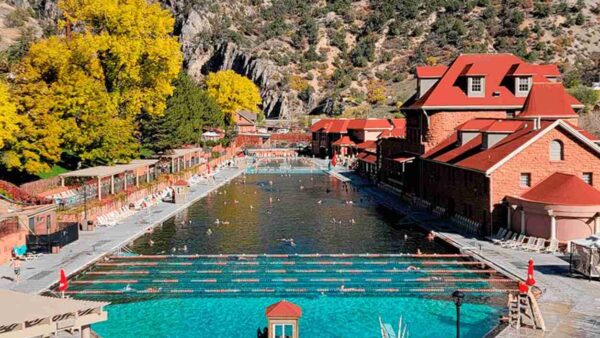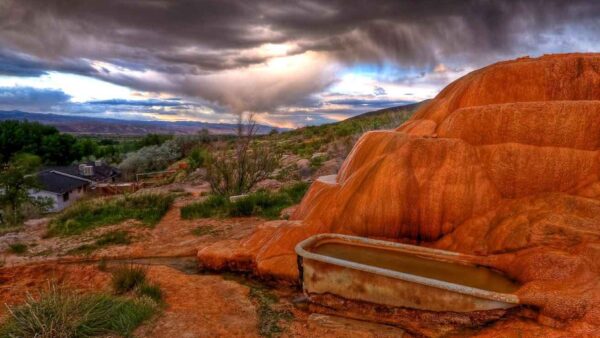Soda lakes, also known as alkaline lakes, are unique aquatic ecosystems characterized by high levels of dissolved salts, primarily sodium carbonate (soda ash). These extraordinary bodies of water often exhibit striking colors, ranging from vibrant turquoise to deep emerald green, due to the presence of algae and other microorganisms that thrive in such extreme conditions. While not typically associated with traditional beaches, some soda lakes do offer opportunities for recreation and exploration.
Formation and Characteristics
Soda lakes form in arid or semi-arid regions where evaporation rates exceed precipitation. Over time, minerals are concentrated in the water, creating a highly alkaline environment. The high pH levels and mineral content make these lakes inhospitable to most life forms, but certain specialized organisms, such as brine shrimp and diatoms, have adapted to these extreme conditions.
Key characteristics of soda lakes include:
- High alkalinity: pH levels often exceed 9.
- High salt concentration: Can be several times saltier than seawater.
- Unique flora and fauna: Adapted to extreme conditions.
- Potential for mineral deposits: Soda ash, borax, and other minerals can be extracted.
Famous Soda Lakes
Several soda lakes around the world are renowned for their unique beauty and scientific interest.
- Soda Lake, California: Located in the Carrizo Plain National Monument, this vast alkaline lake is known for its ephemeral nature, often drying up completely during the summer.
- Lake Magadi, Kenya: One of the largest soda lakes in the world, it supports a thriving ecosystem of flamingos and other birdlife.
- Turkana Lake, Kenya and Ethiopia: While not exclusively a soda lake, it contains large areas with high alkalinity and supports a diverse range of wildlife.
Recreational Activities
While swimming in soda lakes is generally not recommended due to the harsh conditions, some offer opportunities for other activities:
- Birdwatching: Many soda lakes are home to diverse bird populations, making them excellent spots for birdwatchers.
- Photography: The unique colors and landscapes of soda lakes provide stunning photographic opportunities.
- Hiking and exploring: Surrounding areas often offer opportunities for hiking and exploring the unique geology and ecosystems.
Environmental Concerns
Soda lakes are delicate ecosystems vulnerable to human activities. Pollution, over-extraction of minerals, and climate change pose significant threats to these unique environments. Conservation efforts are essential to protect these valuable natural resources for future generations.
Conclusion
Soda lakes are fascinating natural wonders that offer a glimpse into the Earth’s extraordinary diversity. While not typical beach destinations, they provide opportunities for exploration, scientific research, and appreciation of our planet’s unique ecosystems. Understanding and protecting these fragile environments is crucial for ensuring their continued existence.



